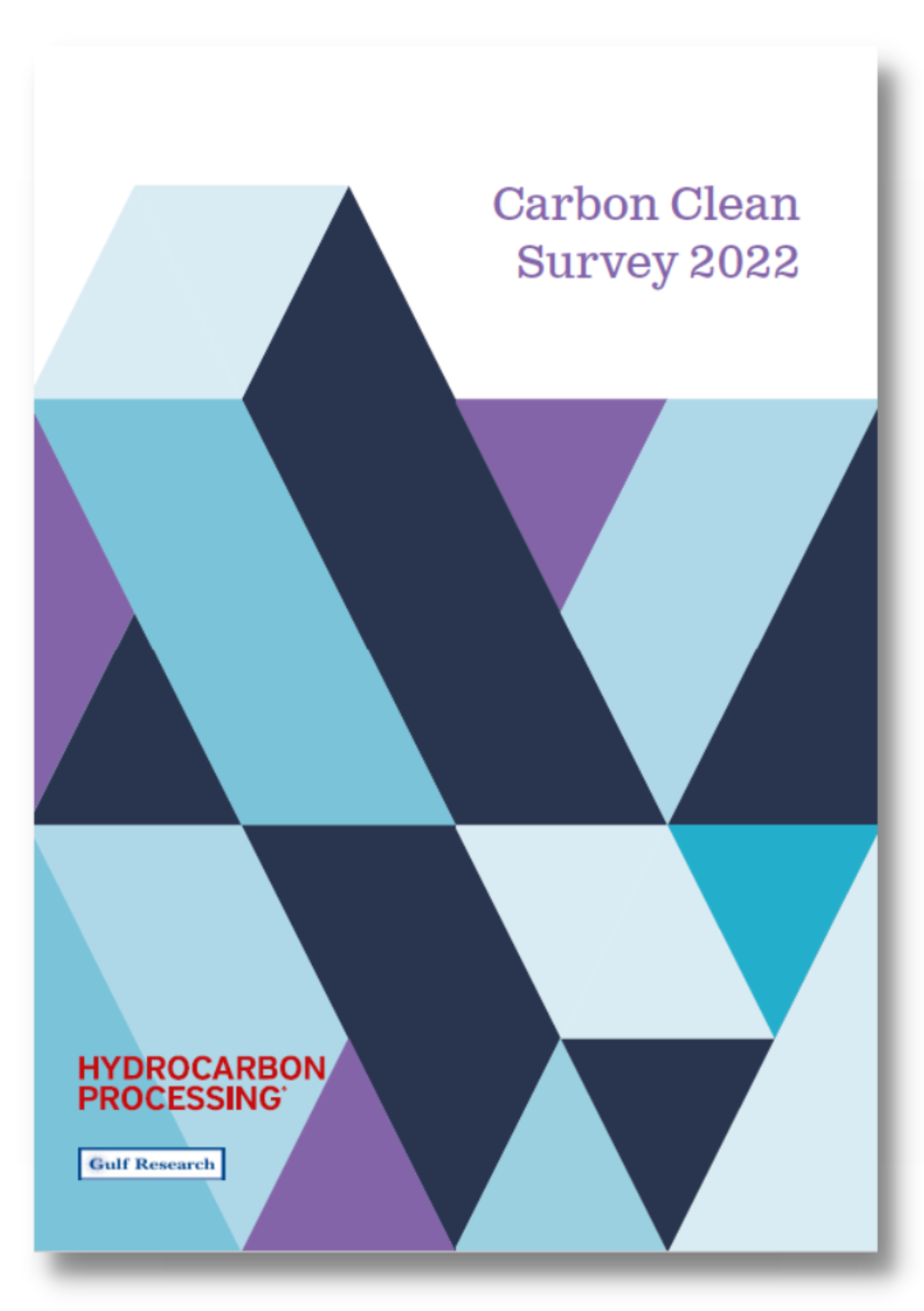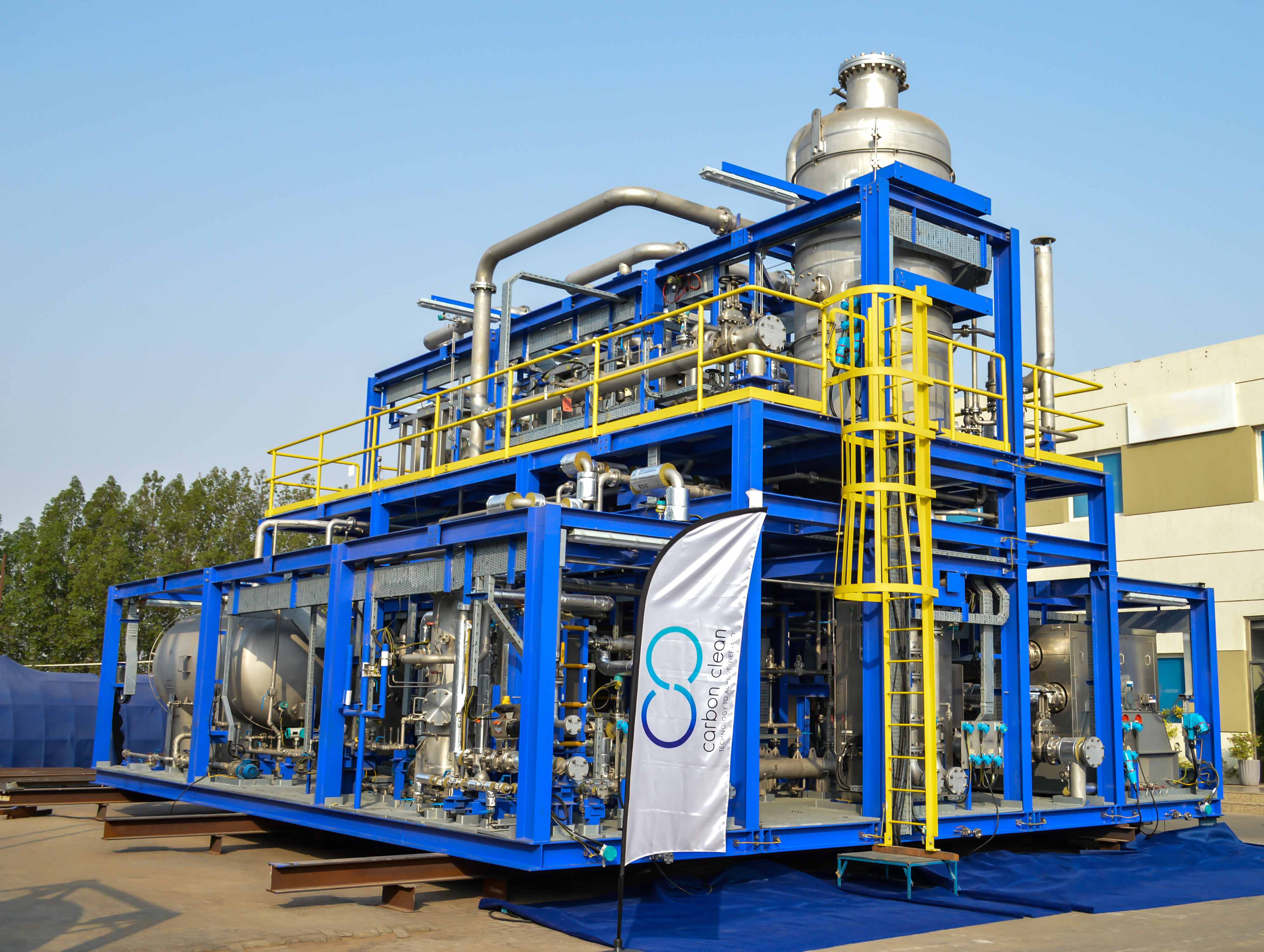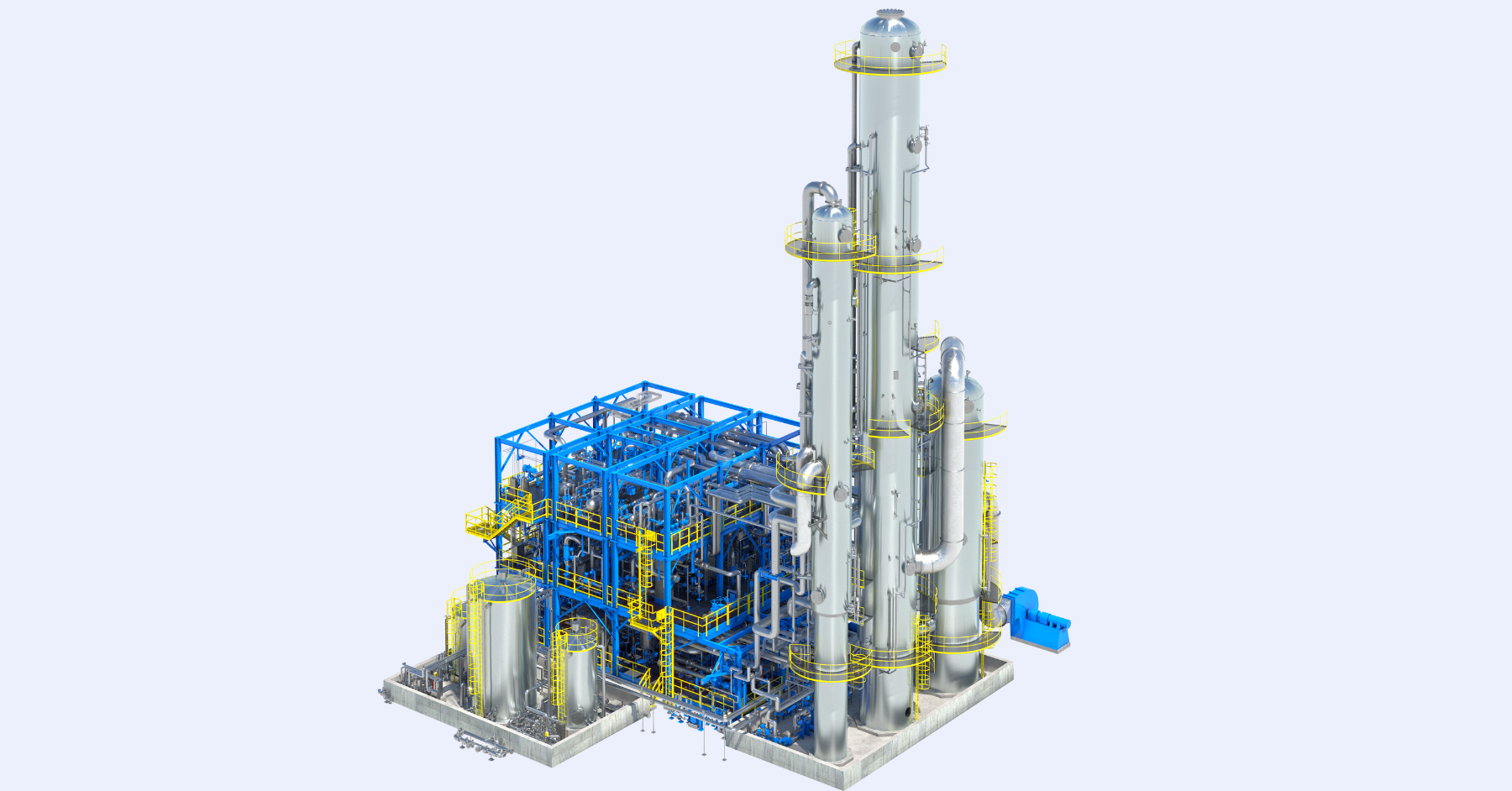

Solvents
Introducing our patented formulation
Our patented formulation of Amine-Promoted Buffer Salts improves on conventional solvents for fast-acting, high-capacity carbon capture in any existing solvent-based system.
Carbon Clean solvents promise immediate cost savings, less operational maintenance, and lower byproduct emissions. They can also be kept in production for as much as five times longer than conventional solvents.
The benefits are even greater when these solvents are used with our modular and semi-modular carbon capture technologies.
APBS-CDRMax®
APBS-CDRMax® is formulated for industrial flue gases or off-gases across cement, refineries, steel, energy from waste, and many more industries. It can be used as a drop-in replacement solvent in existing systems for immediate cost savings. When combined with our expert engineering and modular designs, costs can be reduced up to 50% over conventional options.You benefit from:
- Less corrosion and degradation
- Reduced foaming and waste
- Lower aerosols
- Longer solvent life
- Drop-in replacement capability
A reduction in solvent emissions to parts per billion (ppb) levels
20x less corrosion and 10x less degradation
10 to 25% lower energy demand
5x longer solvent life and 86% less solvent makeup
APBS-CARBex®
APBS-CARBex® removes CO2 concentrations of up to 50% volume from biogas and landfill gas streams at low pressure. The APBS-CARBex® solvent has been widely proven and demonstrates a higher efficiency than conventional solvents such as MDEA for the production of pipeline-quality renewable natural gas (RNG), biomethane or compressed natural gas (CNG).You benefit from:
- Lower energy costs
- Maximum methane purity
- Lower disposal costs
- Longer solvent life
- Drop-in replacement capability

15% less thermal
5x longer solvent life
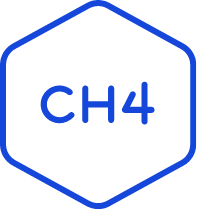
Higher methane quality of >99% vol with less than 1% of raw methane lost

Upgrades performance without equipment changes
Our other technologies
Further resources
Carbon Capture: The Net Zero Solution for the Cement Industry
The cement industry is uniquely poised to pave the way toward a net zero future. Learn how carbon capture can help

Revolutionising the Energy from Waste Sector with Carbon Capture
When it comes to achieving net zero, energy security, and a circular economy, the Energy from Waste (EfW) sector is a cornerstone industry of the future.
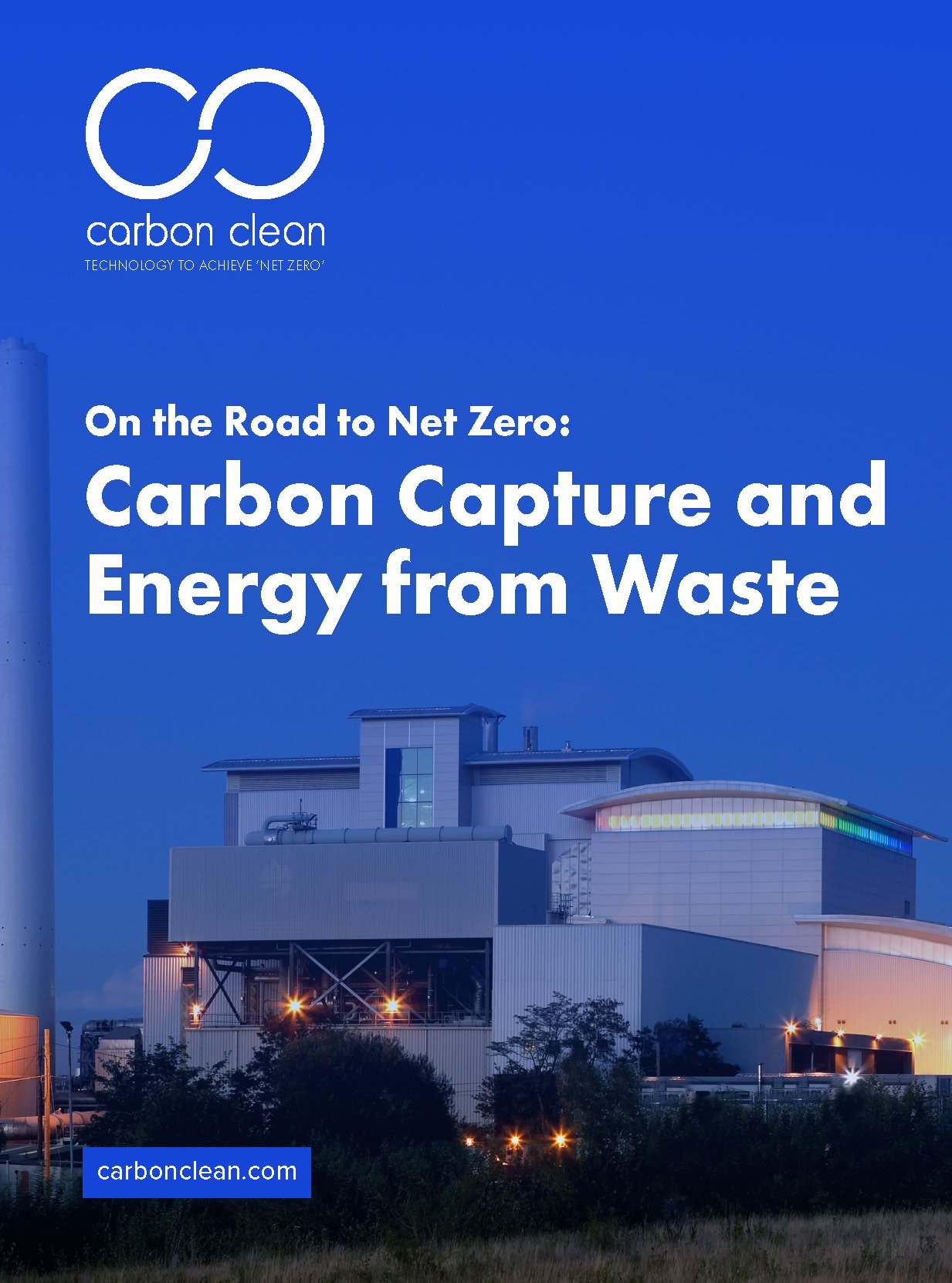
Hydrocarbon Processing Market Survey
Learn about valuable market insights including how experts from sectors such as refining, petrochemical, gas processing, LNG, and engineering view CCUS.
